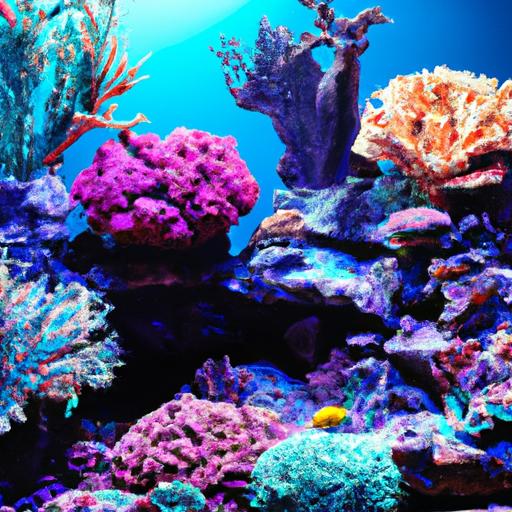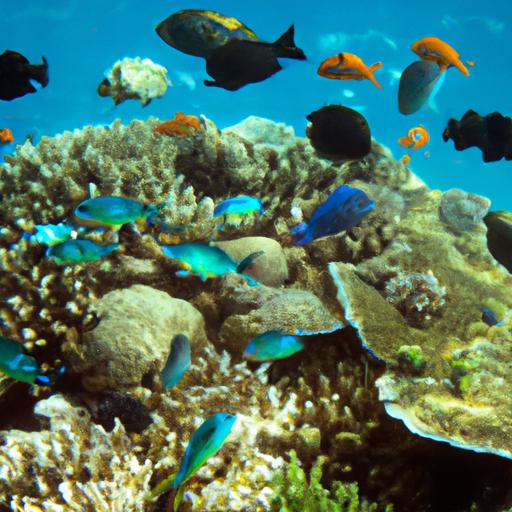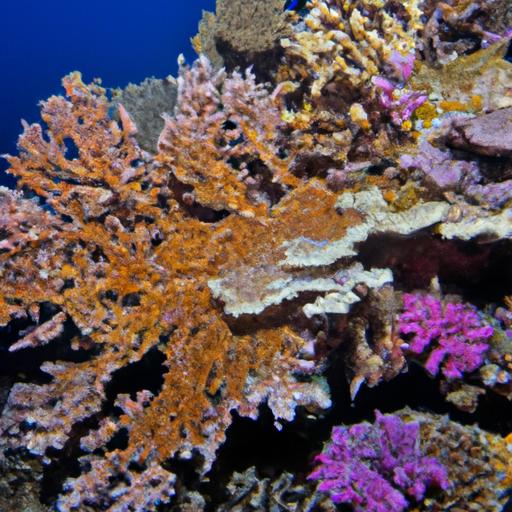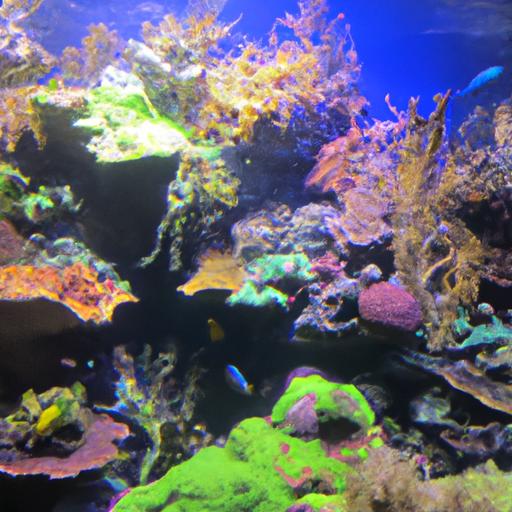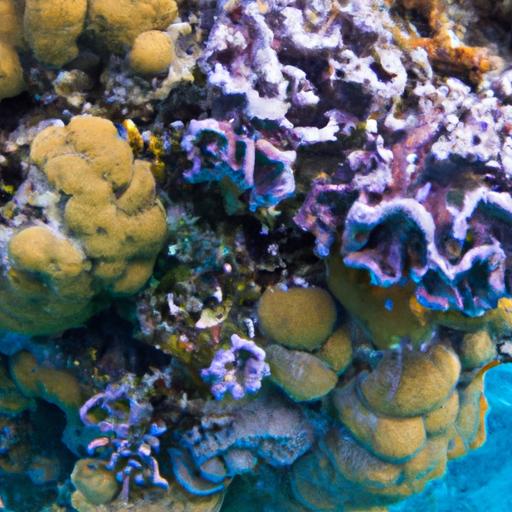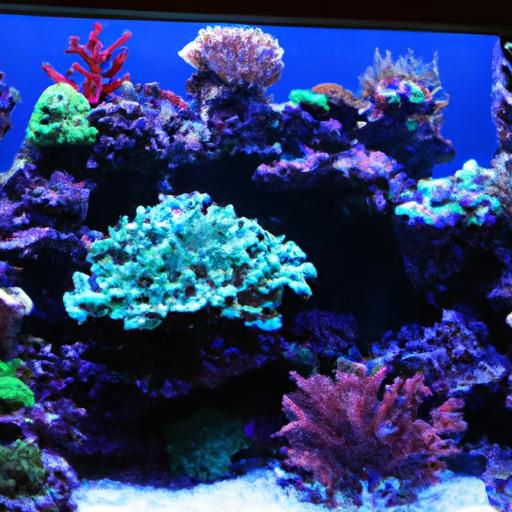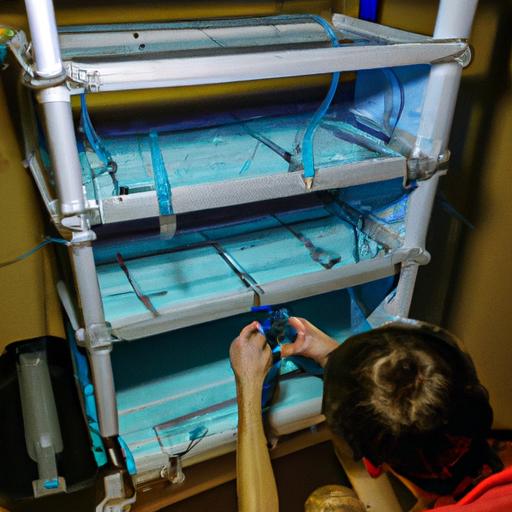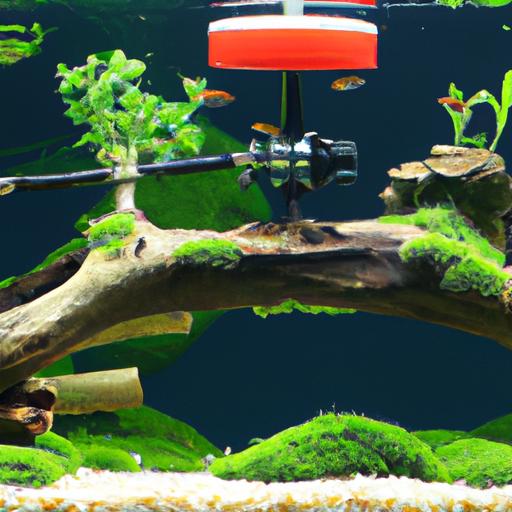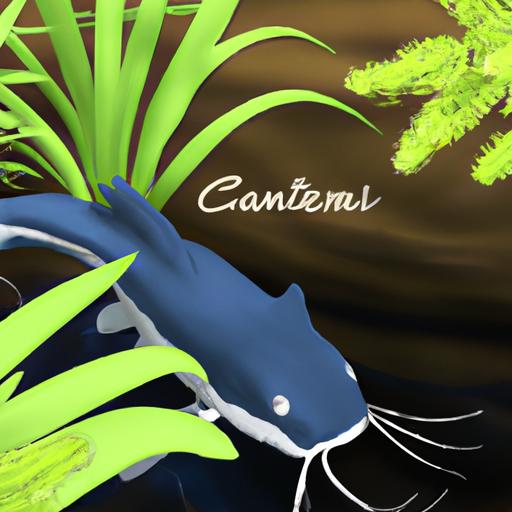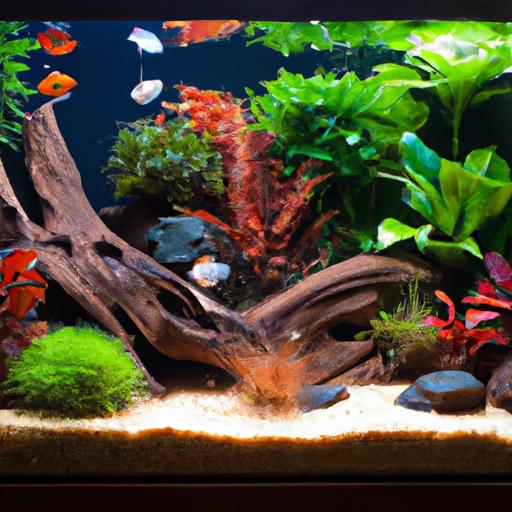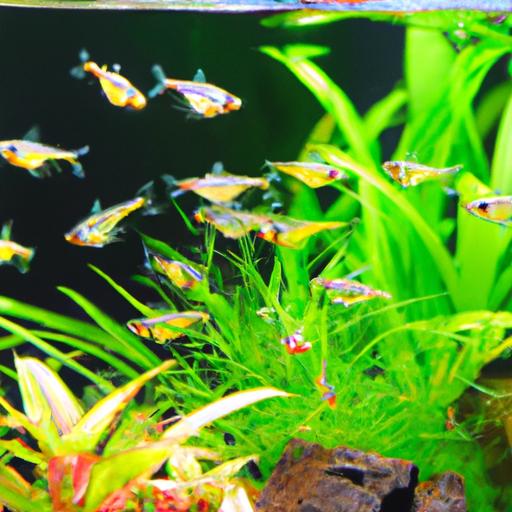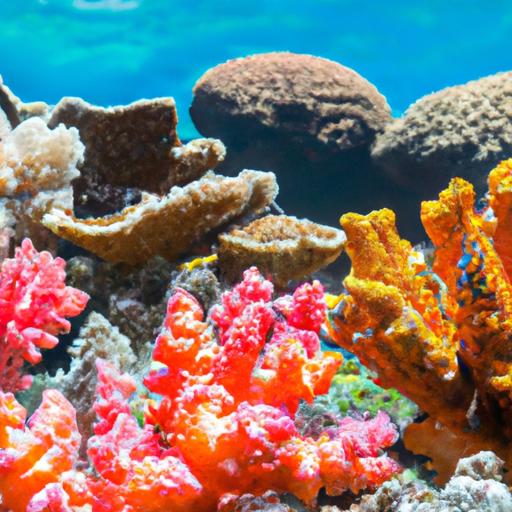
Coral Gardening: Cultivating a Thriving Reef Ecosystem
Discover the power of coral gardening in cultivating a thriving reef ecosystem. Learn the steps, benefits, and FAQs of this innovative conservation method.
Introduction
Coral reefs are not just beautiful underwater landscapes; they are vital ecosystems that provide habitat for countless marine species and protect coastlines from erosion. Unfortunately, these fragile ecosystems are facing a grave threat due to climate change, pollution, and overfishing. The decline of coral reefs has prompted the search for innovative solutions, and one such method gaining popularity is coral gardening.
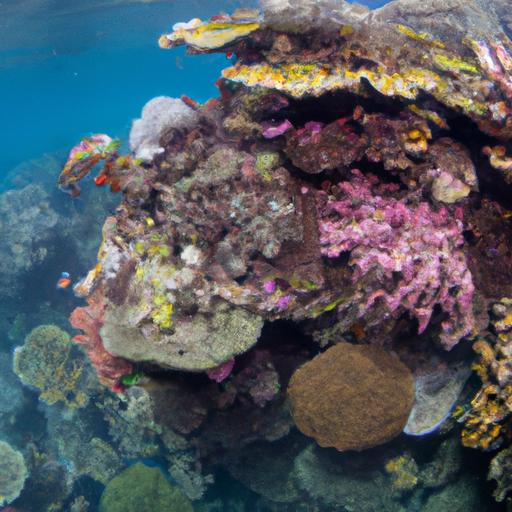
Coral Gardening: Cultivating a Thriving Reef Ecosystem
What is Coral Gardening?
Coral gardening is a technique that involves cultivating and restoring coral reefs by propagating and transplanting coral fragments. It mimics the natural process of coral reproduction and growth, but on an accelerated scale. By creating ideal conditions for coral growth and providing a helping hand, coral gardeners can aid in the recovery and expansion of damaged or dying reef systems.
Benefits of Coral Gardening
Coral gardening offers numerous benefits for both the environment and local communities. Firstly, it helps to restore and preserve the biodiversity of coral reefs, ensuring that marine species have a thriving habitat. This, in turn, supports the livelihoods of coastal communities dependent on fishing and tourism. Additionally, healthy coral reefs act as natural barriers, protecting shorelines from erosion and the devastating impact of storms. By cultivating a thriving reef ecosystem, coral gardening contributes to the overall health and resilience of our oceans.
Steps Involved in Coral Gardening
Selection of Suitable Coral Species
The first step in coral gardening is selecting the appropriate coral species for the specific reef ecosystem. Different species have varying levels of resilience to environmental stressors, such as rising ocean temperatures or pollution. By identifying and focusing on resilient species, coral gardeners can increase the chances of successful restoration efforts.
Propagation Techniques
Once suitable coral species are identified, coral gardeners employ various propagation techniques to grow new coral colonies. One commonly used method is fragmenting healthy corals into smaller pieces, which are then attached to artificial structures or “coral nurseries.” These nurseries provide a stable environment for the fragments to grow and develop.
Transplantation and Maintenance
Once the coral fragments have grown into healthy colonies, they are ready for transplantation onto degraded reef areas. Careful selection of transplantation sites is crucial to ensure the success of the restoration. Regular monitoring and maintenance activities, such as removing algae or pests, are essential to promote the growth and survival of the transplanted corals.
Frequently Asked Questions (FAQ)
What are the major threats to coral reefs?
Coral reefs face numerous threats, including climate change-induced bleaching events, ocean acidification, overfishing, pollution, and destructive fishing practices like dynamite fishing or using cyanide. These factors, combined with habitat destruction and irresponsible tourism, pose significant risks to the health and survival of coral reef ecosystems.
How long does it take for corals to grow?
The growth rate of corals can vary depending on the species and environmental conditions. Generally, corals grow between 0.5 to 2 centimeters per year, with some species capable of faster growth under optimal conditions. It is important to note that the restoration process through coral gardening is a long-term commitment, requiring patience and continuous monitoring.
Can coral gardening be done in any location?
Coral gardening can be conducted in various locations, including both shallow and deep waters. However, it is essential to consider the specific conditions of each site, such as water quality, temperature, and available sunlight. Adequate research and planning are crucial to ensure the success of coral gardening initiatives in different locations.
What are the costs associated with coral gardening?
The costs associated with coral gardening can vary depending on the scale of the project, the location, and the resources available. Initial setup costs, including the construction of coral nurseries and the purchase of necessary equipment, can be significant. Additionally, ongoing monitoring and maintenance activities require dedicated personnel and resources. However, the long-term benefits of restored reef ecosystems often outweigh the initial investment.
Are there any risks involved in coral gardening?
Like any ecological restoration effort, coral gardening does come with some risks. Transplanting corals from one area to another can potentially introduce new diseases or harm the donor site if not done carefully. It is essential to follow best practices and guidelines established by experts to minimize these risks. Additionally, the success of coral gardening may be influenced by external factors such as climate change, making ongoing monitoring and adaptation crucial.
Conclusion
Coral gardening offers a beacon of hope for the restoration and preservation of our precious coral reef ecosystems. By cultivating a thriving reef ecosystem through careful selection, propagation techniques, and transplantation, coral gardeners contribute to the overall health and resilience of our oceans. The benefits extend beyond the environment, benefiting local communities and coastal regions that depend on the vitality of coral reefs. It is imperative for individuals, communities, and governments to recognize the importance of coral gardening and actively participate in its implementation. Together, we can ensure a future where coral reefs flourish and continue to provide invaluable services to our planet.
